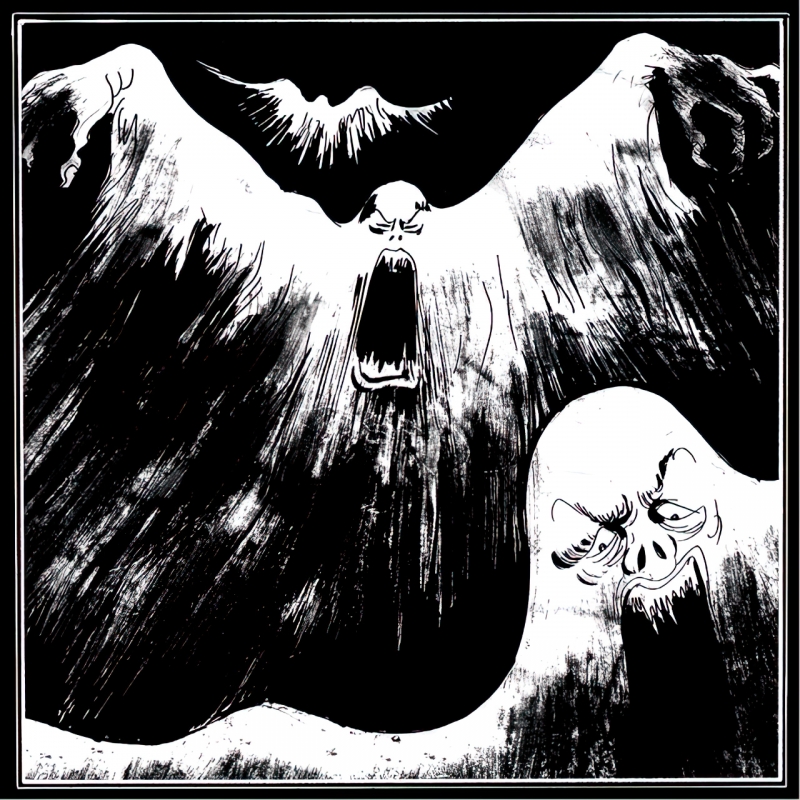Странник — самый загадочный персонаж средневековых бестиариев. Даже устных свидетельств не сохранилось.
Bestiary.us
энциклопедия вымышленных существБыстрый переход
- Средиземье Средизе́мье (англ. Middle-earth, буквально Среди́нная земля́, также существуют варианты перевода Среднеземье, Средьземелье) — одна из первых и самых известных фэнтези-вселенных. Оно является местом действия основных произведений Дж.Р.Р.Толкина, а также «вольных продолжений» других авторов.
- Портал им.Киплинга Собрание сказок, поэтически объясняющих происхождение той или иной особенности животных, например "откуда у верблюда горб", "почему у слона длинный хобот", или "с чего б это вдруг кошки и собаки не ладят".
- Японская мифология и фольклор Система сакральных знаний страны восходящего солнца, включающая традиции синтоизма и буддизма, а также многочисленные народные поверья и городские легенды, содержит огромное количество ками («божество» или «дух»), ёкай («призрак» или «демон») и хэнгэёкай («звери-оборотни»).

